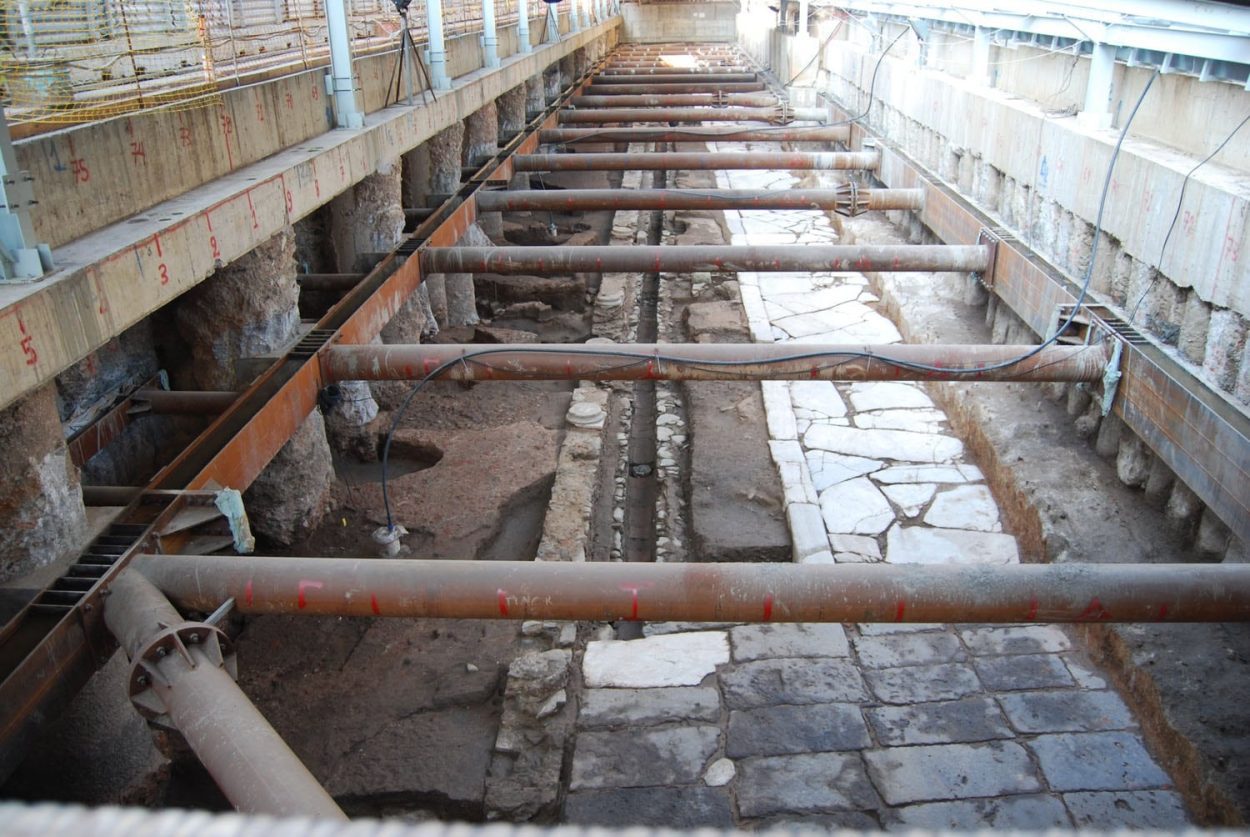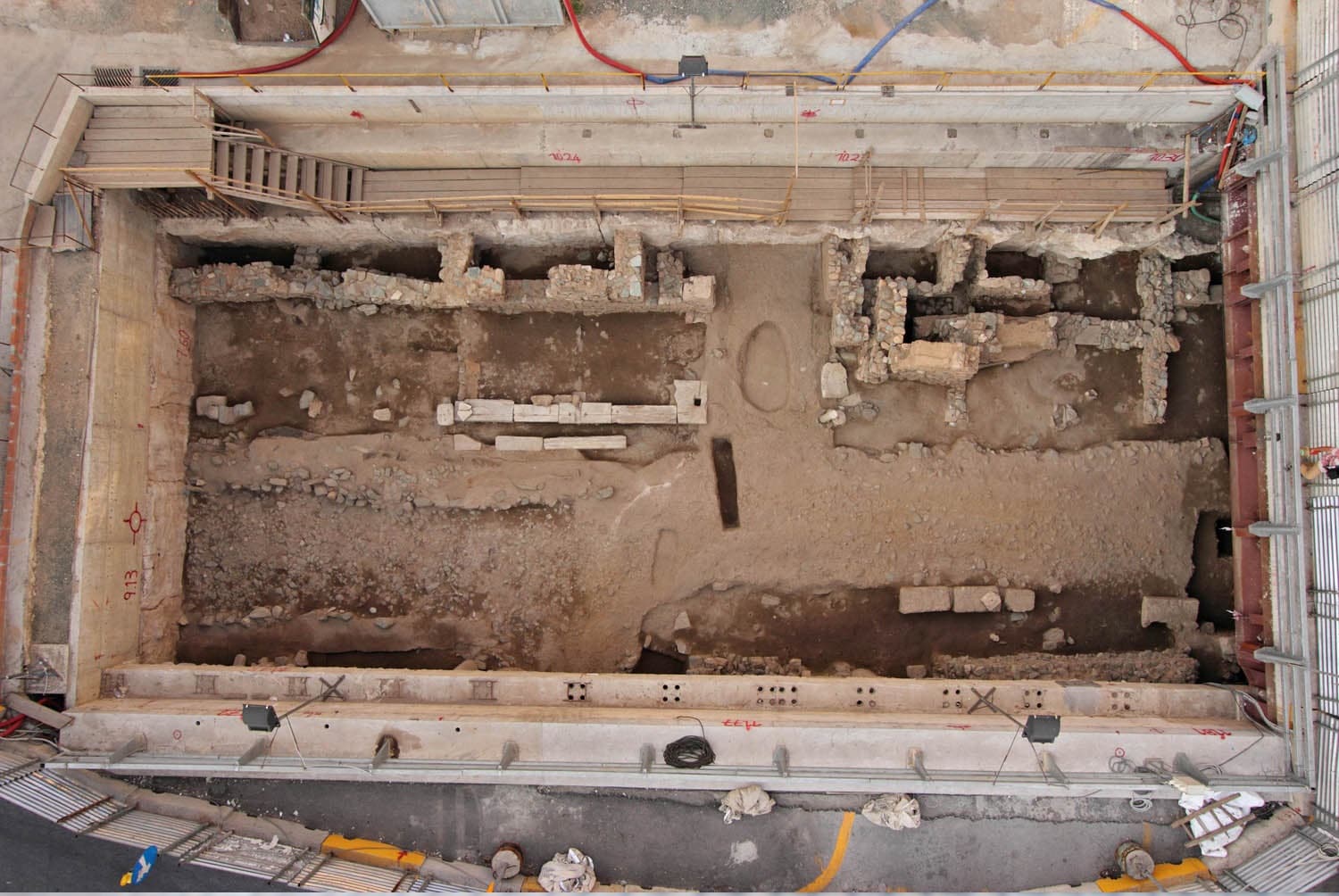Construction of the Thessaloniki Metro has led to the discovery of countless archaeological treasures from the ancient city of Thessaloniki.
Thessaloniki was founded around 315 BC by King Cassander of Macedon, who named the city after his wife, Thessalonike, the half-sister of Alexander the Great, serving as the primary port for the regions of Macedonia and Thrace in present-day Greece.
After the fall of the Kingdom of Macedon in 168 BC, the city was renamed Thessalonica by the Roman Republic, emerging as an important trading hub on the Via Egnatia, a Roman road that connected Byzantium (later Constantinople) with Dyrrhachium.
With the division of the Roman Empire into the tetrarchy by Emperor Diocletian in AD 293, Thessaloniki became the capital of the territory ruled by Galerius Maximianus Caesar, who constructed numerous public and state buildings, including an imperial palace, a new hippodrome, a triumphal arch, and a mausoleum.
From the first years of the Byzantine Empire, Thessaloniki was considered the second city in the Empire after Constantinople, with a population of 150,000 by the mid-12th century AD under the rule of the Komnenoi emperors.

During the construction of the Venizelos and Agia Sophia stations on the new Thessaloniki Metro, located within the limits of the historical centre of the city, archaeologists have uncovered over 130,000 archaeological treasures from different periods of Thessaloniki’s history.
The Metro follows the axis of the main historical avenue through Thessaloniki, which started at the Golden Gate (Porta Aurea), today’s Vardario Square, and ended at the Kassandriotik Gate, today’s Syntrivani Square.

The team excavating at the Venizelos Station have uncovered a decumanus (an east–west-oriented road that was one of the primary highways through the city), as well as a Byzantine Avenue and the architectural remains of 15th to 17th century buildings.
Excavations at the Agia Sophia Station have revealed the foundations of Hellenistic and Roman buildings, such as a nymphaeum, a marble paved square, a large mosaic with geometric patterns, a paved road with colonnades, a bathhouse heated by a hypocaust system (underfloor heating), and a line of Byzantine period shops and workshops.
Header Image Credit : AMETRO





